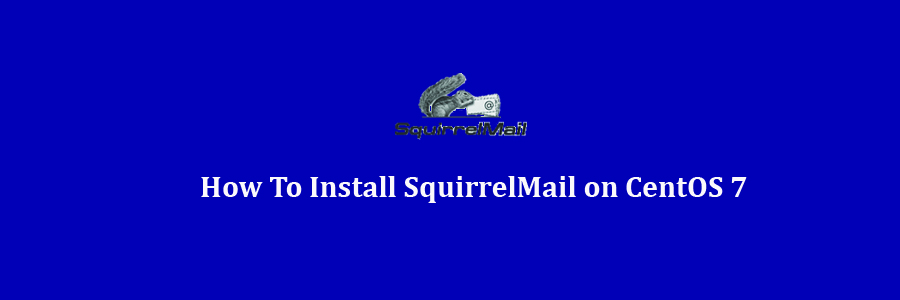Squirrelmail is one of the most popular Web-based email clients written in PHP. It has built-in pure PHP support for IMAP and SMTP, and it is designed to render all pages in pure HTML 4.0 with no JavaScript required, for maximum compatibility across browsers.
Prerequisites
This article assumes you have at least basic knowledge of Linux, know how to use the shell, and most importantly, you host your site on your own VPS. The installation is quite simple and assumes you are running in the root account, if not you may need to add ‘sudo’ to the commands to get root privileges. I will show you through the step by step installation SquirrelMail email clients on a CentOS 7 server.
Install SquirrelMail on CentOS 7
Step 1. First, let’s start by ensuring your system is up-to-date.
yum clean all yum install epel-release yum -y update
Step 2. Installing SquirrelMail on CentOS 7.
Install SquirrelMail using the yum default package manager:
yum install squirrelmail
Step 3. Configure SquirrelMail.
Once the webmail client is installed, you can configure it according to your needs by running the configuration script:
cd /usr/share/squirrelmail/config/ ./conf.pl SquirrelMail Configuration : Read: config.php (1.4.0) --------------------------------------------------------- Main Menu -- 1. Organization Preferences 2. Server Settings 3. Folder Defaults 4. General Options 5. Themes 6. Address Books 7. Message of the Day (MOTD) 8. Plugins 9. Database 10. Languages D. Set pre-defined settings for specific IMAP servers C Turn color off S Save data Q Quit Command >>
There are different settings in the configuration file, but the main things that should be checked and configured are:
Set your default domain name (2. Server settings > 1. Domain)
Addresses of IMAP and SMTP servers.
Type of IMAP server.
Step 4. Accessing SquirrelMail.
SquirrelMail will be available on HTTP port 80 by default. Open your favorite browser and navigate to http://yourdomain.com/squirrelmail or http://server-ip/squirrelmail and complete the required the steps to finish the installation.
Congratulations! You have successfully installed SquirrelMail. Thanks for using this tutorial for installing SquirrelMail email clients in CentOS 7 systems. For additional help or useful information, we recommend you to check the official SquirrelMail web site.
